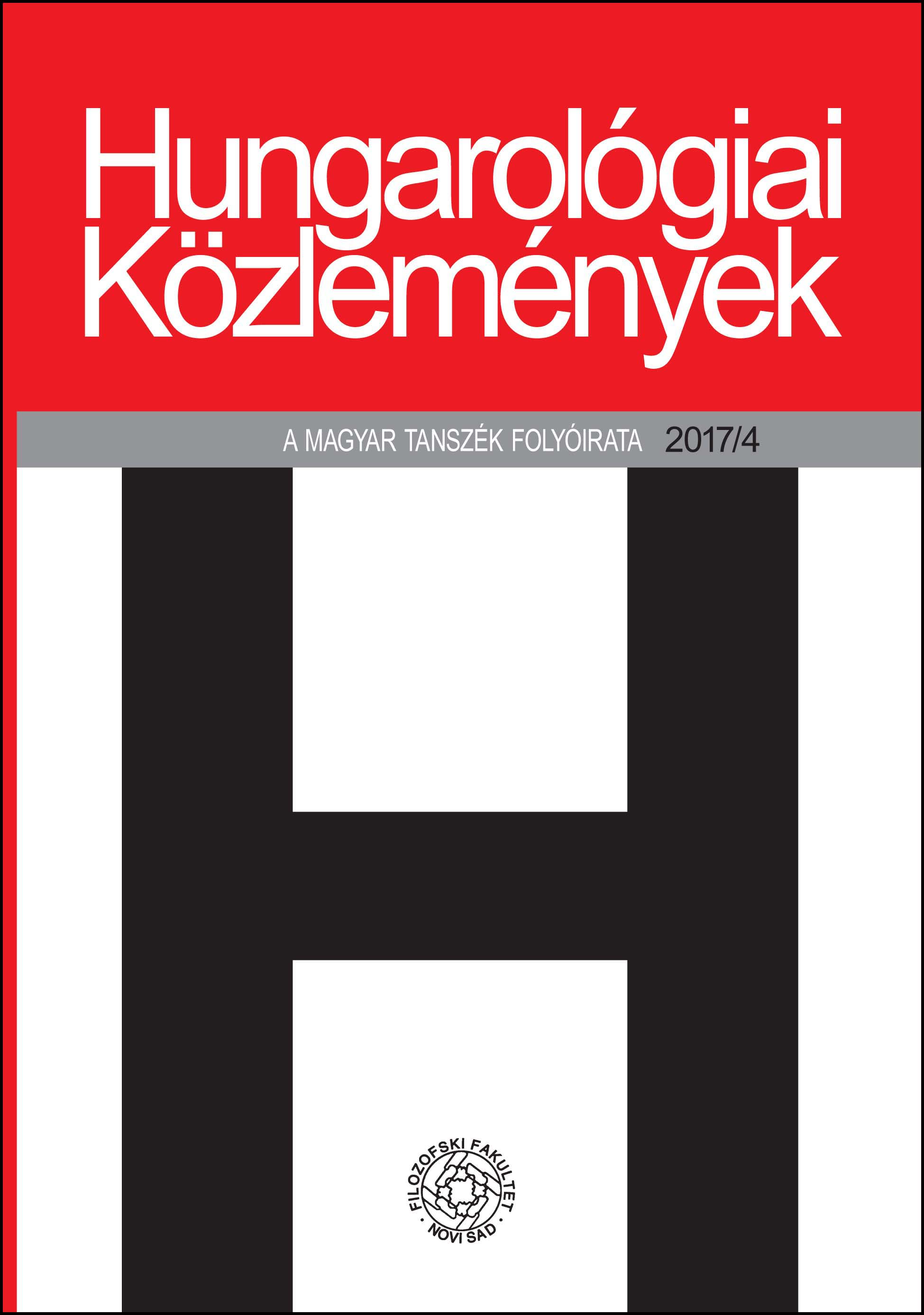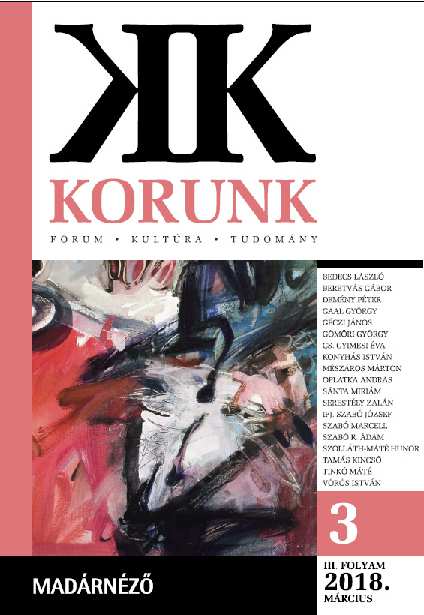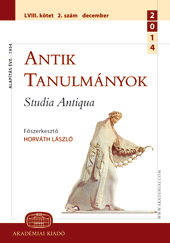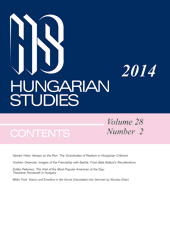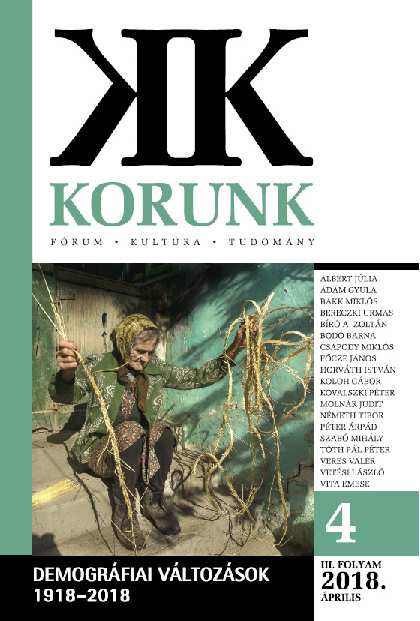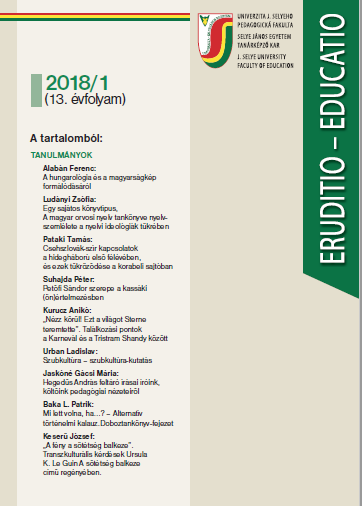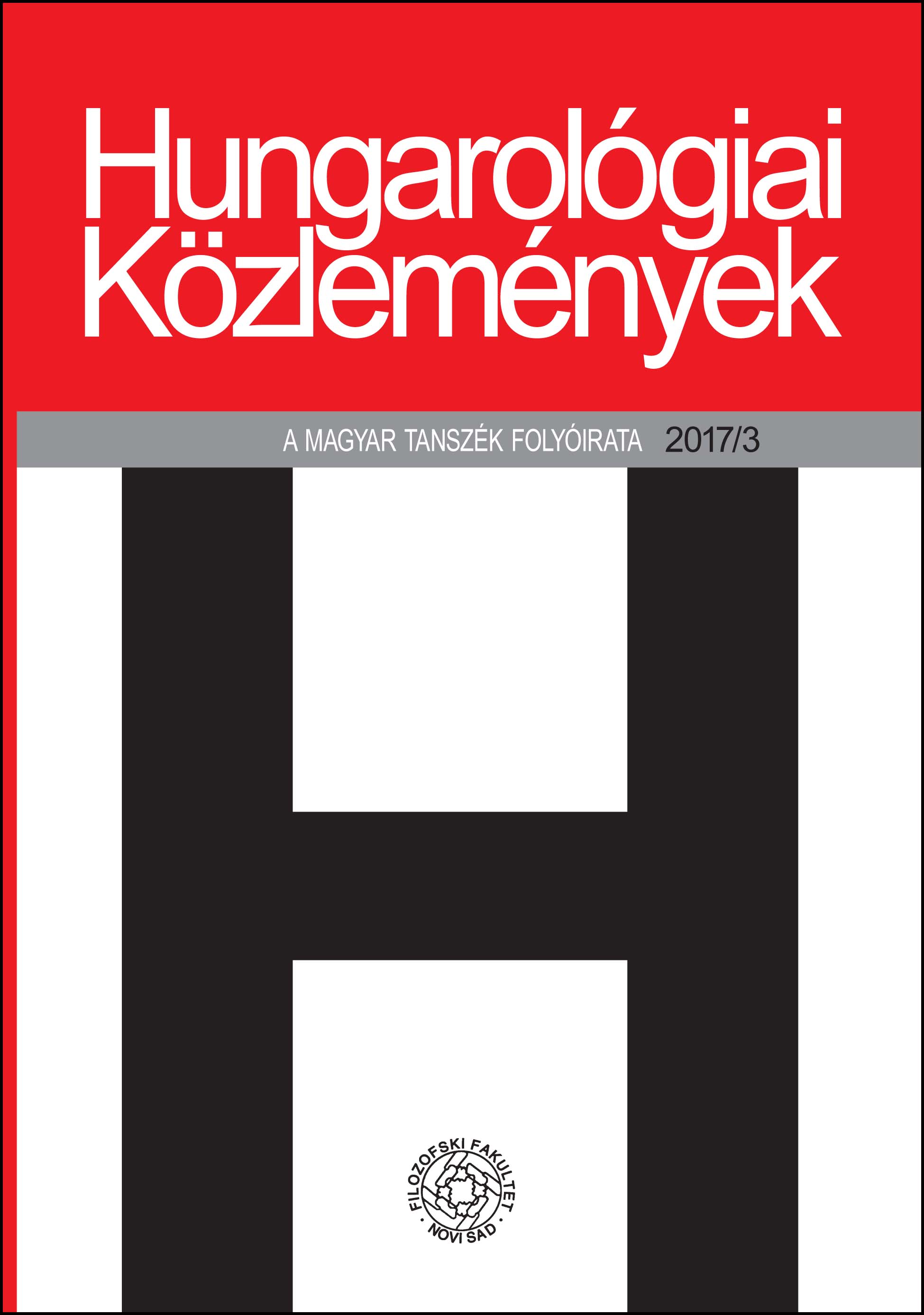
Békássy Ferenc angol–magyar költő
This paper introduced Ferenc Békássy (1893–1915), an Anglo-Hungarian poet who was born in Western Hungary, educated in England (at Bedales and Cambridge) and died in the First World War, fighting the Russian army, similarly to Sándor Petőfi. As most of Békássy’s Hungarian work was published in a collection in 2010, we paid more attention to his poems and letters in English, recently published under the title The Alien in the Chapel by Skyscraper Books, edited by Mari and George Gömöri. The majority of Békássy’s letters were written to Noël Olivier but letters to his other English friends such as John Maynard Keynes and James Strachey also shed light on friendships of this extraordinary young man, the first foreign member of the „Apostles”, who made a lasting impression on many Cambridge scholars and the London artistic elite prior to World War I.
More...
